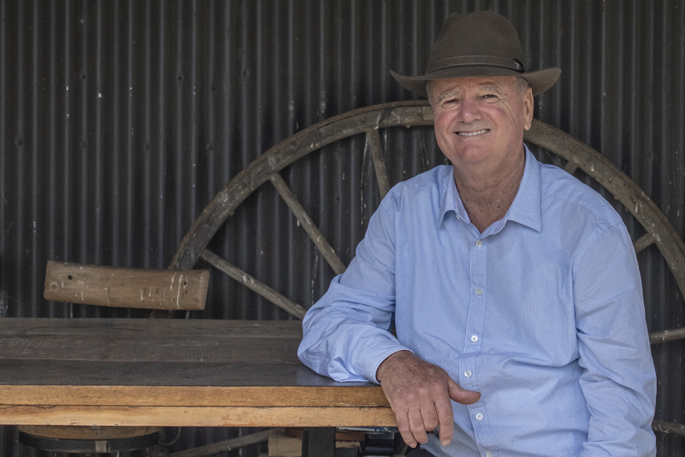The ground-breaking plan to improve water quality in the Waikato and Waipa rivers has reached a major milestone, with Waikato Regional Council last month voting to notify a decisions version following hearings.
The recommendations of five independent commissioners on Healthy Rivers/Wai Ora: Proposed Waikato Regional Plan Change 1 were presented to councillors at a special meeting in Hamilton.
Commissioners heard more than 359 hours of evidence during 59 days last year. As well as reading more than 1100 submissions, they heard evidence from 360 different parties during the course of the hearings and had 199 expert appearances.
Waikato Regional Council chief executive Vaughan Payne says the hearings took longer than hoped “but it’s a complex plan change and the panel wanted to ensure legally robust policies and rules were being put in place which could be achievable for farmers, industry and the council to implement”.
Substantial changes
“It’s fair to say substantial changes have been made to objectives, policies and rules to take account of the submissions received,” says Vaughan.
“We appreciate the genuine consideration the commissioners have given to the submissions and to help further deliver a locally-driven, fit-for-purpose policy framework for the Waikato and Waipa rivers.
“Significantly, the panel’s decision offers some pragmatic initiatives to address issues the current Government is struggling to address through its Essential Freshwater package. That includes issues like how best to use Farm Environment Plans to support the necessary change and how to set bottom lines for nitrogen and phosphorus to improve ecosystem health.
“There’s still an 80-year horizon for water quality improvement. While it might not be quick enough for some, it recognises the complexity of the issues being addressed and that change takes time,” says Vaughan.
Waikato Regional Council chair Russ Rimmington applauded the robust process followed by the independent commissioners, saying “their skill has brought a document that I think will be the Bible for years to come”.
“Right from the beginning the council has wanted a community-driven plan change that gives effect to the Vision and Strategy for the Waikato River. Council’s decision last month is a vote of confidence in locally-driven driven planning, as opposed to waiting for solutions to come out of Wellington.
“It means our farmers in the Waikato and Waipa river catchments are ahead of much of New Zealand to make changes which will ultimately deliver improved water quality,” says Russ.
Better outcome
Ahead of the vote some councillors noted the recommendations were a better outcome for many farmers, but there were issues which would likely be resolved through Environment Court appeals.
Concern was also raised around the timing of notification in light of farmers experiencing the impacts of drought, as well as the wider impacts of Covid-19 on their businesses.
A motion was put to delay a decision for six months until the impact of Covid-19 on the economy was understood and advice was received from the Government on its National Policy Statement for Freshwater Management. The motion was lost, 9 votes to 3, with councillor Kathy White abstaining.
Councillors then voted 11-1 in favour of notifying the decisions version of the plan. Based on legal advice, councillors Pamela Storey and Fred Lichtwark withdrew from the vote because they had submitted on the plan change.
The decisions version of the plan change will be notified by early-April. Submitters to the plan will have 30 working days in which to lodge their appeals with the Environment Court from the time they are notified. Appeals will close mid-late May.
More information about the rules is available at waikatoregion.govt.nz/healthyrivers.
The decisions version of the plan change does not specifically include the proposals released by the Government in its Essential Freshwater package late last year. That’s because a final decision on the national environmental standards and national policy statement for freshwater has not been made. Instead, consideration of these will likely be managed through the Environment Court.
Summary of decisions
- Farm Environment Plans remain as a key tool in reducing the diffuse discharge of contaminants.
- The need to establish a nitrogen reference point has been removed and replaced with a set of actual nitrogen leaching numbers for each Freshwater Management Unit.
- The 75th percentile provisions have been removed.
- The decisions version incentivises farming activities to have a lower nitrogen leaching loss rate so they can be a permitted activity.
- Overseer is not the only decision support tool able to be used.
- There is greater recognition of the lakes and wetlands, and an acknowledgment of the Whangamarino Wetland as an outstanding waterbody.
- The priority 1-3 status has been removed, with subcatchments required to implement contaminant reduction actions in either years 1, 2, 3, 4 or 5.
- Stock exclusion from water bodies has been linked to slope and the number of stock units.
- Greater use has been made of stock unit tests to provide for low intensity dry stock farming.
- Provision has been made for the expansion of commercial vegetable production as a discretionary activity in some identified subcatchments.



0 Comments
Leave a Comment